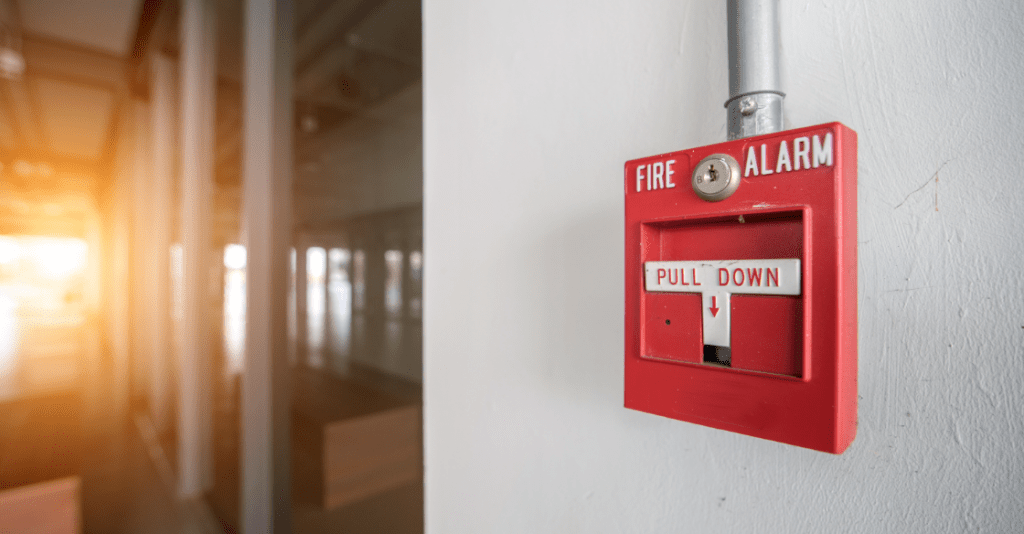Fires are a serious issue in the United States. In fact, firefighters in the U.S. respond to a fire every 24 seconds. Even with government regulations in place fires do occur and can cause massive destruction. Fire protection services are necessary to prevent the damage and potential loss of life that can occur from fire and should be inspected regularly to ensure they are in proper working order.
When a fire prevention system is in working order, it can help reduce property damage significantly and can save lives. Preparing for a fire inspection whether in a residential home or in a commercial building is the key to passing the inspection. The inspection may be unannounced, so it is important to keep your fire protection system functioning well at all times. The following checklist covers all aspects of a fire system inspection.

In order to mitigate the damage caused by fire, necessary fire protection products should be used. Fire extinguisher servicing, fire alarm inspections, sprinkler system inspections, and smoke detectors are all important in preventing a fire.
- Extinguishers: Extinguishers should be placed within 75 feet throughout a facility. The type of business dictates the type of extinguisher that is needed. They, along with fire alarms and sprinklers, should be inspected every 12 months.
- Fire Alarms: All emergency fire alarm pull stations, horns, and strobes should be checked as well. One tester will be stationed at the fire panel to ensure that when the pull station is activated, it actually registers. The horns and strobes will also be inspected to ensure they are in working order during a fire alarm inspection.
- Smoke and Carbon Monoxide Detectors: Smoke detectors should be checked using a special aerosol can that emits fake smoke. The detectors should indicate the proper locations of the smoke, so firefighters know exactly where to respond.
- Sprinkler System: Water damage from a sprinkler system is less than that of fire fighting hoses, or from the fire itself. Quick response sprinklers release 8-24 gallons of water per minute which can effectively put out a fire if functioning properly. Fire sprinkler maintenance is important: sprinkler heads, pipes, and fittings should be examined for wear or damage annually. Valves and gauges should also be examined. We recommend scheduling five-year fire sprinkler inspections and servicing to ensure that your system is working in top shape.
- Fire Alarm Panel: The fire alarm panel’s backup battery needs to be tested. This provides power to the panel even if there is a power outage. This is especially important for fire alarm monitoring in emergency or disastrous situations.
- Fire Exit Routes: There should not be any obstructions blocking the doors, exits, or aisles in case of a fire. There must be at least two unlocked exits in a facility. Paths to exits should be clearly marked and well-lit and have backup batteries in case the power goes out during a fire emergency.
Making a building safe from fire and potential loss means keeping fire prevention systems maintained. The automation of fire inspection systems can help in the maintenance of fire safety. Contact APFE today for more help with staying safe and passing your fire system inspection.




